The Berlin Miracle (Or Just Another EV Hoax?)

Editor’s Note: On Monday, TTAC’s Martin Schwoerer wrote about a planned record-breaking non-stop run of 600 KMs, from Munich to Berlin, with a car that was equipped with a “revolutionary” electric battery system. Something smells funny, he said, and vowed to donate 100 Euros in case the drive was completed. Well, it was. So, how does it feel to have pie on your face?
How about Vegetarians Against the klan? Or maybe the Tugg Speedman Foundation? No, there are probably better organisations to give my money to. Guess I’ll ask the Best & Brightest…
The Battery Geniuses drove the 600 clicks fair and square (a notary public opted out at the last minute, but I don’t want to be a sore loser). The press is unanimous that we can talk about a Miracle of Berlin.
So one doesn’t want to welch out. On the other hand there is an tedious matter of journalistic responsibility: perhaps a wee bit of research, first?
I checked the website of DBM, the maker of the “revolutionary” battery which they call “Kolibri”. (Kolibri doesn’t stand for anything, it seems — it’s just German for “hummingbird”, which is nice, but I would have preferred a puppy, or a bear cub). Their website looks home-made and doesn’t offer any details about the battery, other than it is a Lithium Polymer-type battery, and that they are selling an explanatory book for … €249.00 Euros.
I call their press guy, the line is busy, and remains busy the next ten times I call. I send an email asking for an interview. (No reply to date).
How about alternative media? I check out the forum of Spiegel Online — normally an unsavory, miserablist place, but quite good for mythbusting. Here’s what they say:
* “I’m waiting for a caveat, like the batteries will cost one million Euros a piece, or something.”
* “500,000 KM lifespan. 100 kilos weight. 20 minutes to charge. This battery is literally too good to be true.”
* “He’s pulling a fast one: the boss of DBM, Mirko Hannemann, says “the technology works and is ready for production”. Huh? A revolutionary product that is ready for production? Things don’t work that way”.
* “LiPo is not really new, and it’s not really safe, either. The cell’s membranes like to collapse, which causes a nice little fire, like the one in May at a place that used a DBM battery on a fork lift. A local fire department found it hard to extinguish”
* “Another website was threatened with legal measures by Hannemann when it wrote about the fire — even though the article was just a re-hashing of a police report “
And then I found a fascinating link to a proper nerd’s forum.
“I can kid myself (and don’t need a battery “company” to do it).
Since the media isn’t doing its job, I did some research on my own.”
Here’s the gist of what Pastmaster posted:
DBM Energy GmbH is a mailbox company.
DBM’s website states as contact a non-registered entity named DBM Headquarters, which is located in a smallish office building. In that office building, there are several small-sounding firms such as a long-term storage company, a fire-extinguisher company, and a “battery-service” company.
Google DBM and you find exactly two hits. One refers to DBM having won an “Innovation Award of Reason”. Nobody’s heard of that, either.
So, dear Best and Brightest: you’re the jury. What should I do? Pay the €100, or continue to dig?

More by Martin Schwoerer
Latest Car Reviews
Read moreLatest Product Reviews
Read moreRecent Comments
- Probert They already have hybrids, but these won't ever be them as they are built on the modular E-GMP skateboard.
- Justin You guys still looking for that sportbak? I just saw one on the Facebook marketplace in Arizona
- 28-Cars-Later I cannot remember what happens now, but there are whiteblocks in this period which develop a "tick" like sound which indicates they are toast (maybe head gasket?). Ten or so years ago I looked at an '03 or '04 S60 (I forget why) and I brought my Volvo indy along to tell me if it was worth my time - it ticked and that's when I learned this. This XC90 is probably worth about $300 as it sits, not kidding, and it will cost you conservatively $2500 for an engine swap (all the ones I see on car-part.com have north of 130K miles starting at $1,100 and that's not including freight to a shop, shop labor, other internals to do such as timing belt while engine out etc).
- 28-Cars-Later Ford reported it lost $132,000 for each of its 10,000 electric vehicles sold in the first quarter of 2024, according to CNN. The sales were down 20 percent from the first quarter of 2023 and would “drag down earnings for the company overall.”The losses include “hundreds of millions being spent on research and development of the next generation of EVs for Ford. Those investments are years away from paying off.” [if they ever are recouped] Ford is the only major carmaker breaking out EV numbers by themselves. But other marques likely suffer similar losses. https://www.zerohedge.com/political/fords-120000-loss-vehicle-shows-california-ev-goals-are-impossible Given these facts, how did Tesla ever produce anything in volume let alone profit?
- AZFelix Let's forego all of this dilly-dallying with autonomous cars and cut right to the chase and the only real solution.



















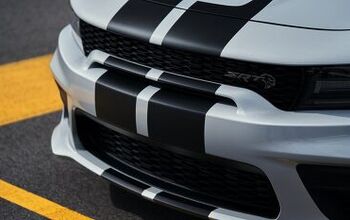
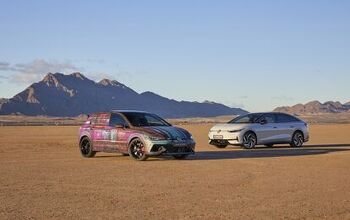
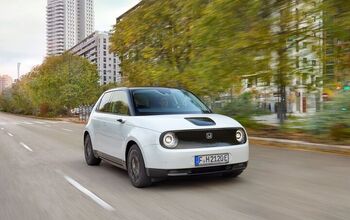
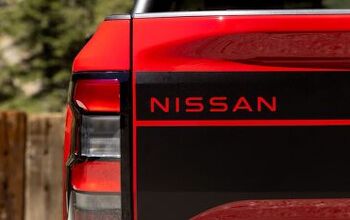
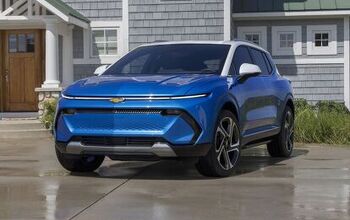
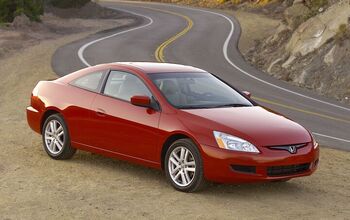
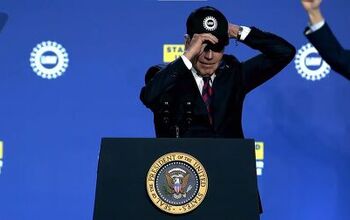
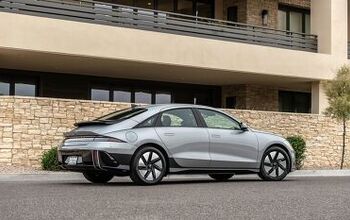
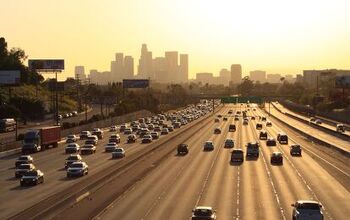
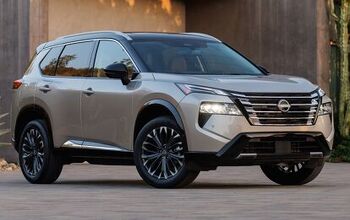
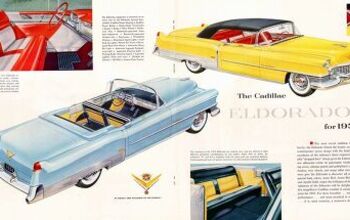
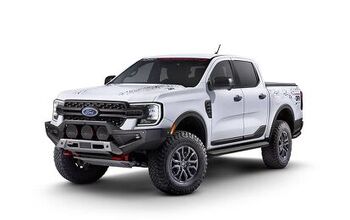
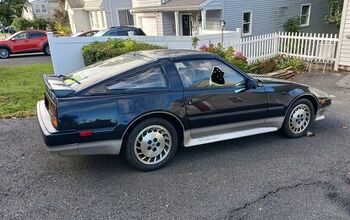
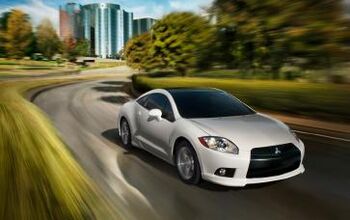
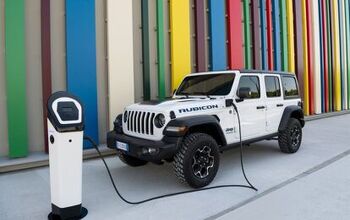
Comments
Join the conversation
Some semi-news: 1) Paul, you are of course right that a range of 600 KM has for some time been theoretically possible. But my point was about a record-breaking real-life range in what you could call a normal car. That is why, incidentially, I disregarded the Mira EV record -- it was done at way below speeds in which you could normally travel (i.e., a 25 MPH average). 2) Instead of hedging with a lot of fine print, I made a brash statement: that an electric range of 600KMs is not possible at the present time with a four-seater (under normal traffic conditions). And that was horse shit. Some American guys, unofficially, broke that record in 1995. A pointer: http://evworld.com/news.cfm?newsid=24242 3) I have donated €100 to this charity: shantipurifriends.org. Full disclosure: my daughter will be working there shortly, as a teacher. I could have left it to the B&B to suggest / discuss a better charity, but I wanted to get it over with quickly. I hope you folks can understand this. No gloating, please. 4) The 1995 American record is not official, but neither is the Lekker / DBM record. As stated above, it was not notarized. In addition, I'd like to point out that the accompaning reporter from the ADAC blog noticed that during the test run, the Lekker A2 "disappeared" between 3:20 AM and 3:50 AM. Folks around the virtual campfire are discussing whether batteries were "switched" during this time. 5) Note that in the EV World piece linked above, DBM is quoted as saying their record is a real record, in contrast to the American one, because in the German case, a "production" car was used and not just a prototype. But I can see no indication that the Lekker A2 is more than a prototype. 6) For numerous additional reasons, I have reasons to doubt DBM's veracity. a) All factors stated above. And an interview with DBM has still not been made possible. And here's a piece (in German) from what I'd call the "researching press", in which my doubts are shared. http://www.solar-driver-online.de/ (No permalink, please scroll down to the article with the pic of the Lekker A2). b) Some more odd statements from the DBM website. They say their battery is the first "safe" one, because tests have shown that a bullet shot does not cause a fire. This is not true. Batteries by LiTec and Saft have done better than that -- they have survived a nail being driven into them without short-circuiting. Also, DBM claims that Siemens AG declined to cooperate with them, and that Siemens had justified their negative reply with the explanation "our clients do not want a long-range electric vehicle". This seems highly unlikely -- it sounds more like somebody was trying to invent a conspiracy. I have contacted Siemens requesting comment; no reply yet. Again, I'll post additional news as soon as possible.
Wow, i am impressed. You actually did research this topic, the second time around. There are of course tons more of previous distance per single charge accomplishments, it was a topic of the recent EVDL mailing list discussion, including cars like Solectria Sunrise, BAT International prototype and so on. Also, Michelin Challenge bibendum reports have lots of honest, independently verified data on all sorts of record performances by various "alternatively fueled" cars. If and when you post a followup article, it would be good to give a honest objective of the "previous art" and what todays bleeding edge technology is actually capable of.